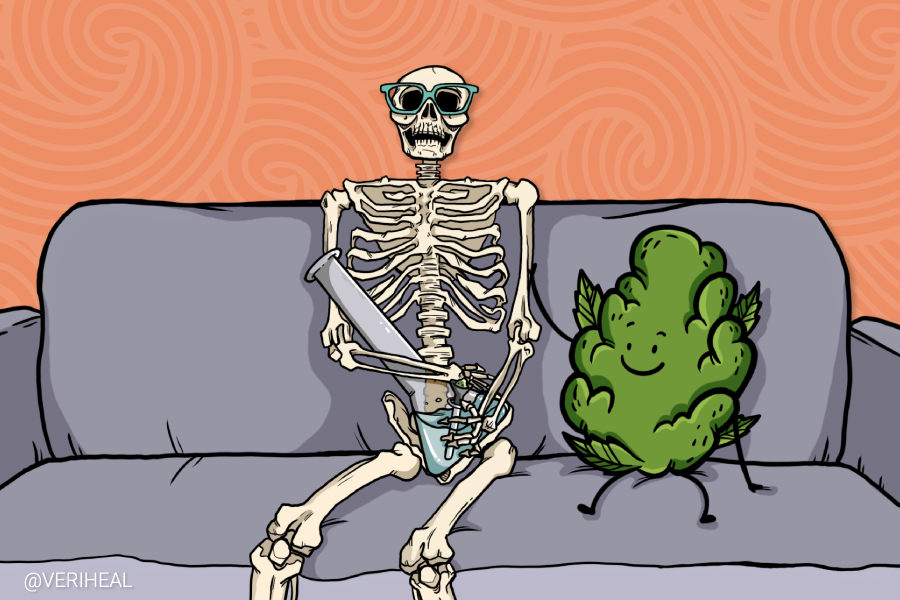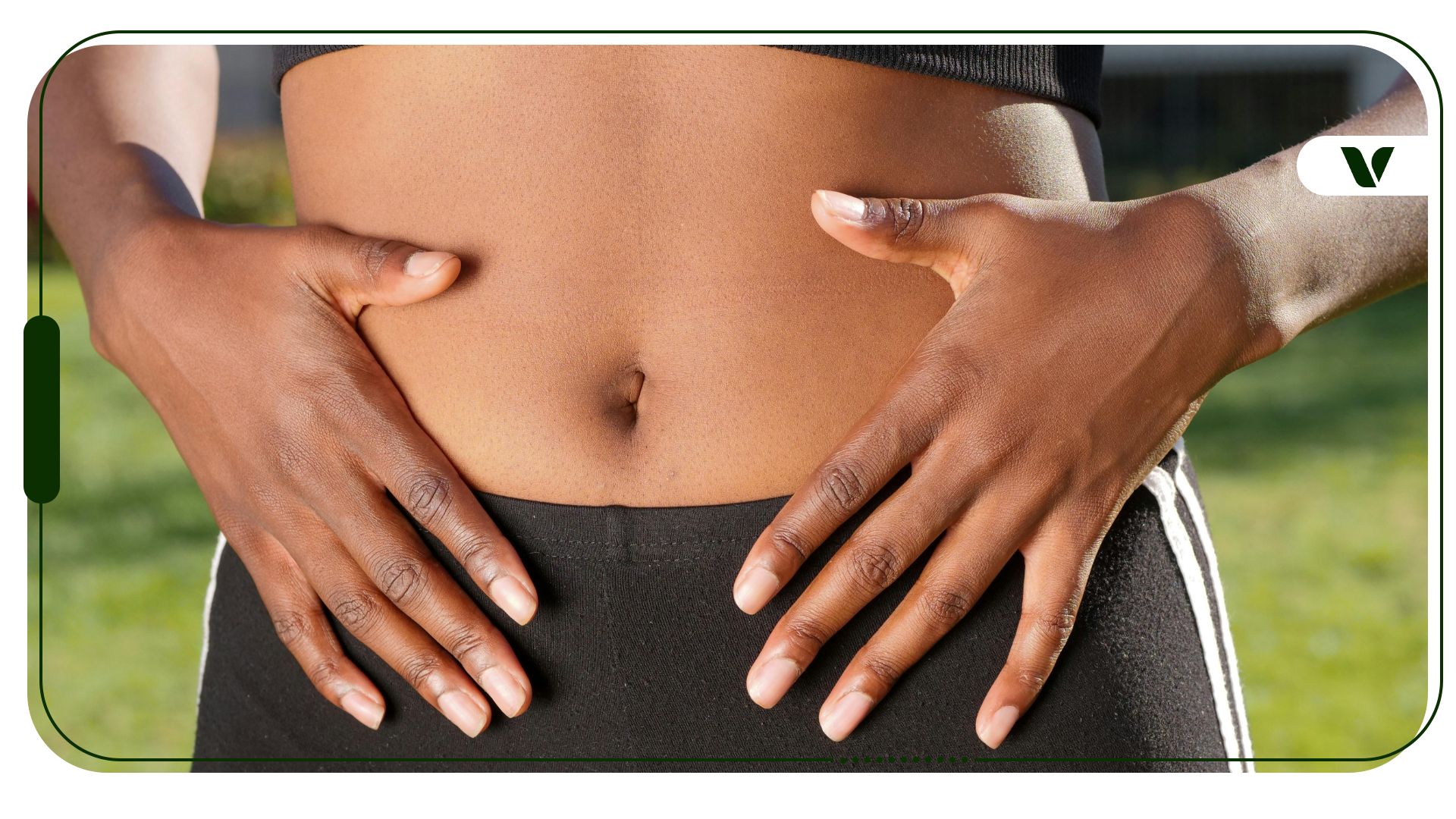Did you know that during childhood and your teen years, your body is busy adding on new bone much faster than it can remove the old bone? However, now that you’re an adult, you’re losing bone faster than you can make it. For some people, their bones can be riddled with problems, and since we need our bones for movement and support, taking care of them and getting effective treatment when necessary is imperative. Fortunately, a recent study revealed that cannabinoids can be effective in the regeneration of bone.
Bone Diseases
Even if one makes sure to get enough calcium, vitamin D and exercise to maintain bone health, they can still suffer from bone disease. Many bone diseases leave the bones weak and easy to break. Individuals suffering from bone problems may encounter low bone density, osteoporosis (porous bone), osteogenesis imperfecta (formation of bone is imperfect), cancer, infections as well as problems with bone regrowth or rebuilding.
The average human has 206 bones in their bodies, bones which are also living tissue and that living tissue continuously goes through cycles of renewal. The condition of our bones is often measured by screening for its density or mass, which can serve as an indicator of how strong, or weak, the bones are.
10 Of the Most Common Bone Disorders:
- Osteoporosis is the most common and involves having bones of low density, meaning they are weak and brittle.
- Paget’s Disease is a bone disorder where the bone renewal cycle happens too quickly, which then leads to deformities or/and enlarged bones.
- Bone Infection is often referred to as osteomyelitis which is rare but serious. This disease is often contracted after major surgery and can spread through the whole body.
- Osteonecrosis is when bone tissue dies off because it has restricted or disrupted blood flow to the area.
- Bone Tumors happen when cells grow uncontrollably from the inside of the bone. These can be benign (non-cancerous) or malignant (cancerous).
- Osteoarthritis is a chronic disease which is characterized by the chronic degeneration of the joints.
- Rheumatoid Arthritis is a disease where the body mistakenly attacks parts of the body such as the joints or bones in hands and feet.
- Scoliosis is the condition of having a spine that curves abnormally to the right or left.
- Low Bone Density, which is sometimes referred to as osteopenia, can lead to osteoporosis (number 1). This condition just means that the density is lower than it should be but that steps can be taken to improve it before a more serious condition occurs.
- Gout is a disorder when the joints, particularly the big toe, are inflamed due to excess uric acid crystal build-up in the joints.
All of these diseases leave the individual with pain, redness, swelling, and inflammation of the bone.
Irrespective of what bone disease an individual may be struggling with, cannabis can help to reduce the pain, inflammation, and even promote the regeneration of bone. Since most of the conditions leave the bones weaker, making use of medical benefits from cannabis can improve the condition, alleviate side effects, and promote the strengthening of bone by regeneration (or regrowth).
The Bone Regeneration Study
The research called “Cannabinoids and Bone Regeneration” performed by Dragos Apostu and his associates, provides promising results for the use of cannabis in order to promote bone regeneration. Being able to promote the regeneration of bones, will essentially make them stronger. The team explains at a bone level, the cannabinoids act on the two receptors called the CB-1 and CB-2, while other receptors may be involved, the cannabinoid (CB) receptors are most significant in this study. The CB-2 receptors are found in higher levels of the bone in comparison to other receptors. The CB receptors are controlled by the Endocannabinoid System (the ECS) of our bodies, which is what cannabis (the plant) stimulates when it is consumed.
Simply explained, the ECS can signal for osteoblast (creation of new bone) formation, bone formation as well as osteoclast (absorb and remodel bone) activity. When cannabis is consumed, the ECS is stimulated by cannabis, it effectively boosts osteoblast and osteoclast activity.
The researchers of the study stated that “an optimal correlation of dose, duration, moment of action, and affinity can lead to an increased bone regeneration capacity, with important benefits in many pathological situations which involve bone tissue”.
In the discussion of another study, about cannabidiol (CBD) enhancing fracture healing and stimulating osteoblasts, the researchers explained the following (broken down for easier understanding):
- Bone cells express cannabinoid receptors and secrete endocannabinoid metabolizing enzymes.
- Cannabinoids have an important role in the regulation of bone remodeling and mass.
- Tetrahydrocannabinol (THC) is known to target the CB-1 and CB-2 receptors in the ECS, yet their results displayed that cannabidiol (CBD) enhanced the healing of fractures more.
- However, the same study found that the CBD acts as a moderator of the effects of THC and thus, in the cause of osteoblasts and faster bone healing, supporting the study on bone regeneration. The combination of THC and CBD needs to be an optimal correlation of the aspects mentioned above.
Dragos and his team go on to suggest that since the “adverse reactions of cannabinoids have not been described in patients under controlled medication, cannabinoids can represent future treatment for bone regeneration”.
Remember that prevention is better than experiencing the problem. Take your vitamins, take your bones for a walk or some exercise, avoid drinking too much alcohol and smoking as well as remembering that cannabis is regarded as one of the safest and most beneficial substances on the planet and can be used for an array of conditions and reasons. Do not delay on benefiting from cannabis, especially when your condition could improve from it.
Author, Share & Comments









